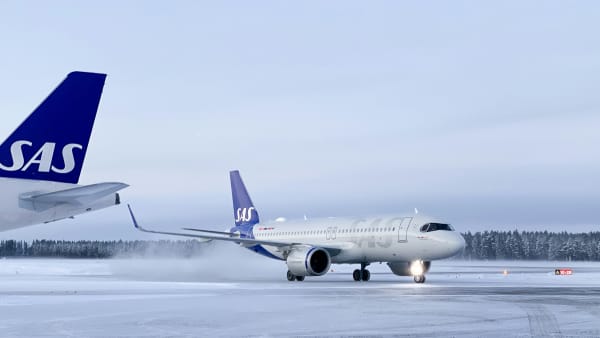Navigating the Challenges of High-Altitude Flying
For those who have explored the skies in an aircraft, the allure of high-altitude flying can be difficult to resist. There's something about the thin air, dazzling vistas, and the sense of achievement that accompanies successfully piloting an aircraft to soaring heights. Before the climb to new altitudes, however, pilots need to be aware of the unique challenges they will encounter in these rarified atmospheres. This article aims to delve into some of the key high-altitude flying challenges pilots face and provides some insights on how to navigate these issues.
Understand Hypoxia and Its Effects On The Body
Hypoxia can occur at high altitudes when the body doesn't receive enough oxygen. This can lead to a range of symptoms from mild dizziness to severe cognitive impairment. In severe cases, a loss of consciousness can result, which, understandably, poses a significant risk in an aviation context.
Mitigation tactics include:
- A thorough understanding of hypoxia symptoms and response measures
- Adequate pre-flight rest and hydration
- Use of supplemental oxygen
- A clear plan in case of a hypoxic episode.
Proper Aircraft Equipment
Not all aircraft are designed to withstand the rigors of high-altitude flying experiences. Important equipment to consider includes:
- Pressurized cabins: Essential for maintaining a livable atmosphere when flying above 12,500 feet (approximately 3,810 meters).
- Turbocharged engines: These allow the aircraft to maintain power in the thin air found at high altitudes.
- Adequate heating systems: Temperatures can drop considerably at high altitudes, making a reliable heating system essential.
- Oxygen systems: Necessary for overcoming the risk of hypoxia.
Weather Realities at High Altitude
High-altitude flying exposes pilots to unique weather patterns, which can pose substantial challenges. Thunderstorms, for example, can reach altitudes of 50,000 feet (around 15,240 meters). Encountering such storms can lead to severe turbulence and lightning strikes.
To mitigate these risks, pilots should:
- Seek comprehensive weather briefings before any high-altitude flight
- Have real-time access to weather updates during flight
- Be familiar with aircraft performance capabilities in storm conditions.
Air Traffic Control and High-Altitude Regulations
In many countries, flights above 24,000 feet (approximately 7,315 meters) fall into Class A airspace, where specific rules apply. For example, flights must operate under Instrument Flight Rules (IFR), and pilots must continuously maintain contact with air traffic control.
For those venturing into these altitudes, it is imperative to:
- Have a solid grasp of airspace classifications and the regulations applicable to high-altitude flying.
- Be skilled in instrument flying and radio communications.
- Plan for the correct routing and procedures when entering Class A airspace.
The Challenge of Rapid Decompression
Rapid decompression in an aircraft is a rare, but potentially life-threatening event, during high-altitude flying. It can happen if a pressurized aircraft's hull is breached, causing an immediate drop in cabin pressure. Pilots and passengers may experience difficulties, like barotrauma (physical damage to body tissues caused by a pressure difference) and a temporary fogging in the cabin due to air swiftly cooling and condensing.
To prepare for this possibility:
- Always have your seat belt fastened when in your seat.
- Equip the aircraft with quick-donning, full-face oxygen masks.
- Regularly revisit emergency procedures and evacuation plans.
High-altitude flying can be an exhilarating experience, filled with unmatched panoramas of the sky and earth. But, without denying the grandeur of it all, it is important to maintain a sober understanding of the associated high-altitude flying challenges. With thorough knowledge, preparation, and a commitment to safety, pilots can confidently navigate these challenges and enjoy the thrills and rewards of flying high above the world. Enjoy your flight and blue skies above!




